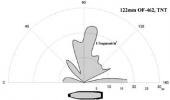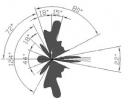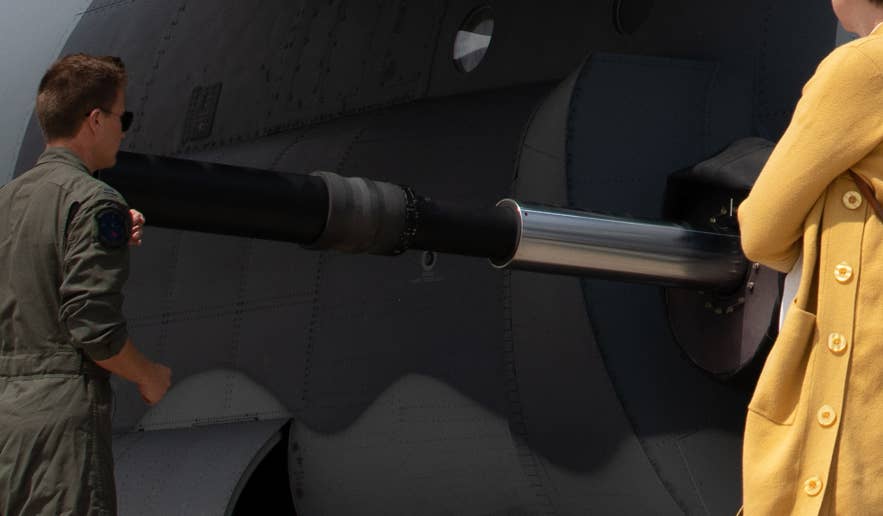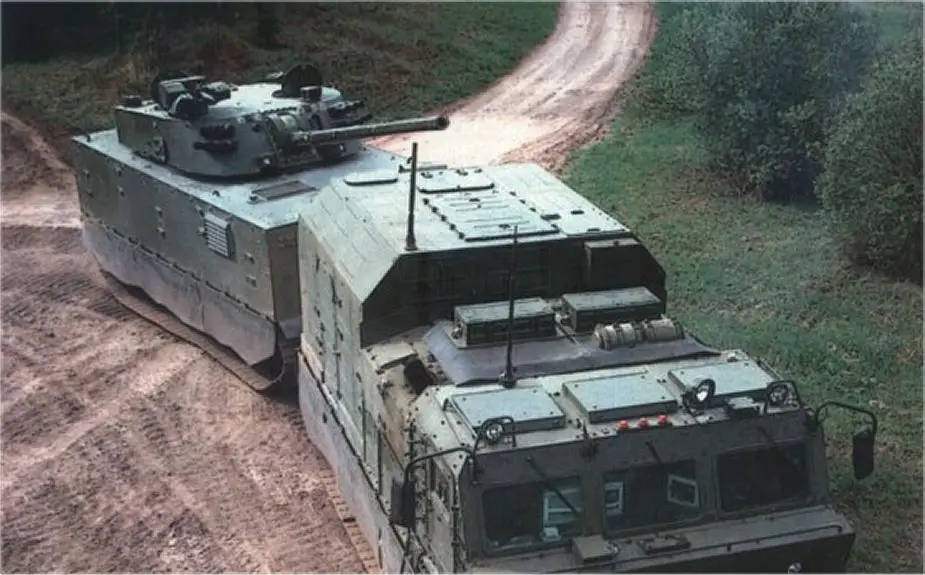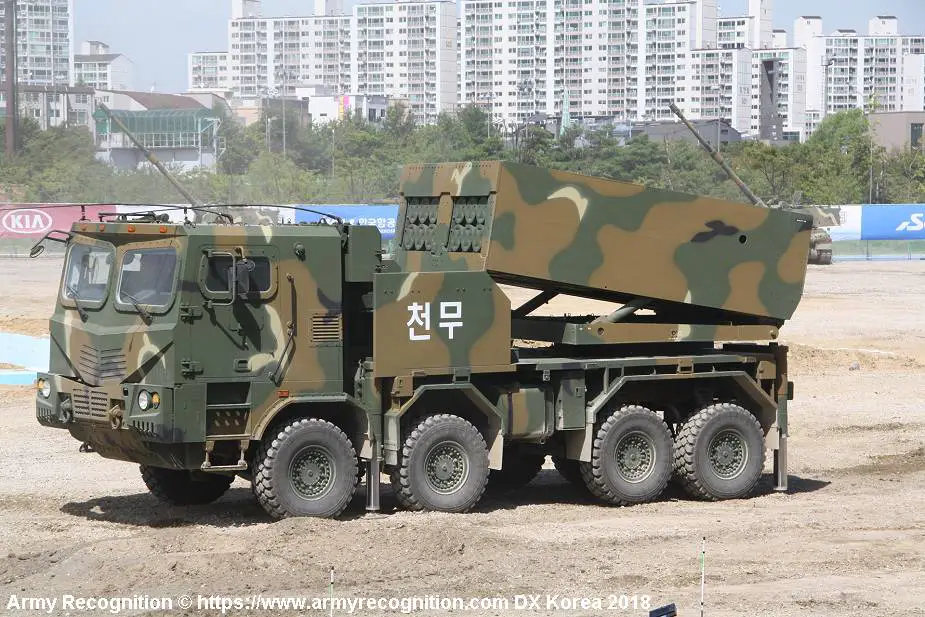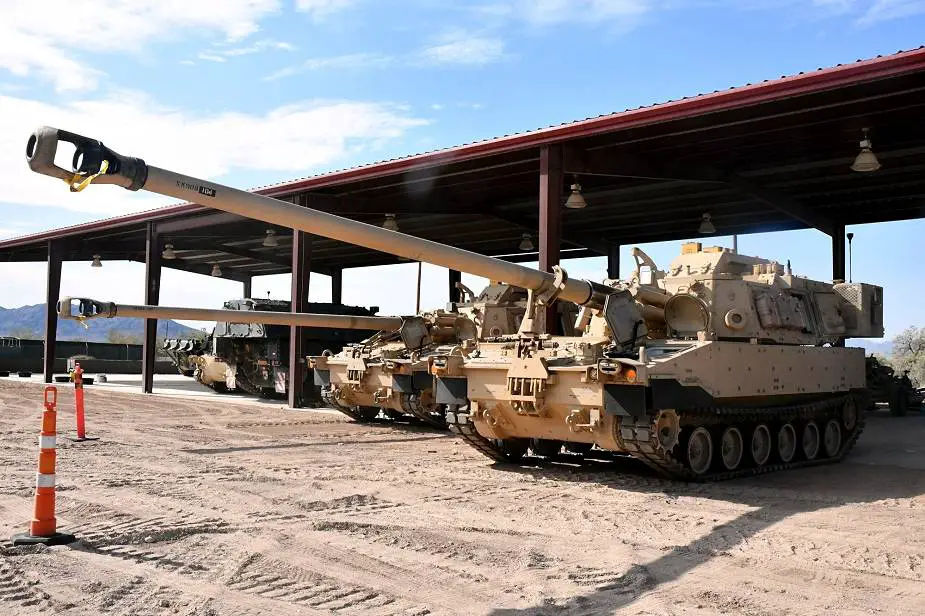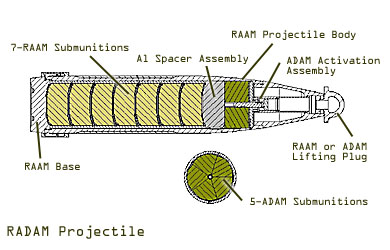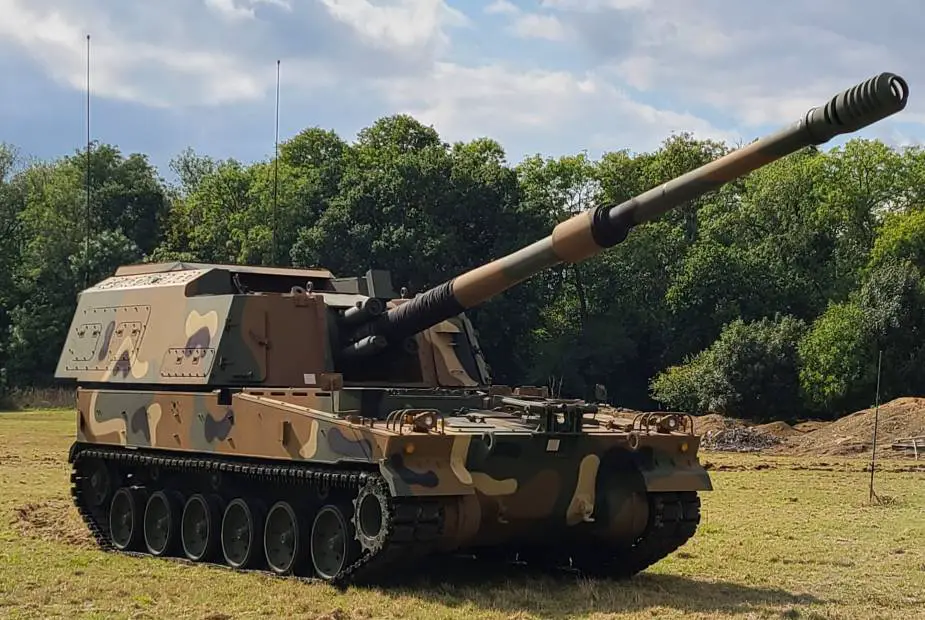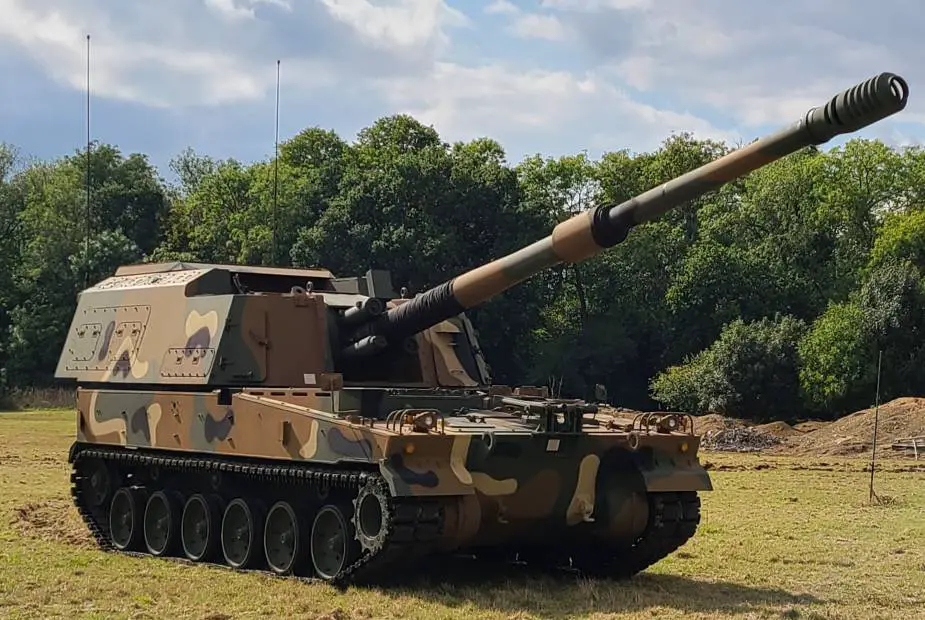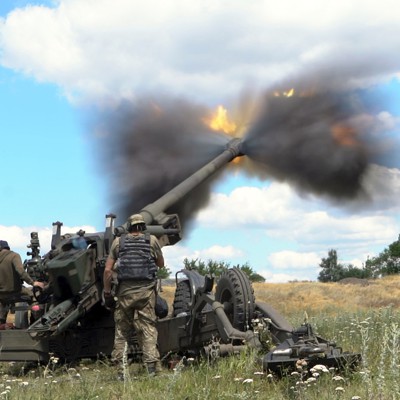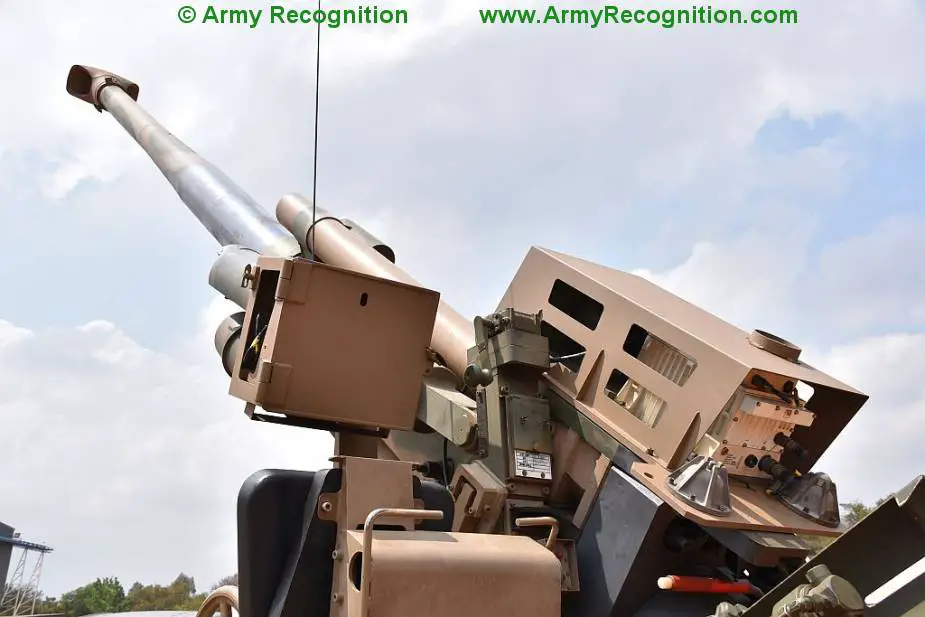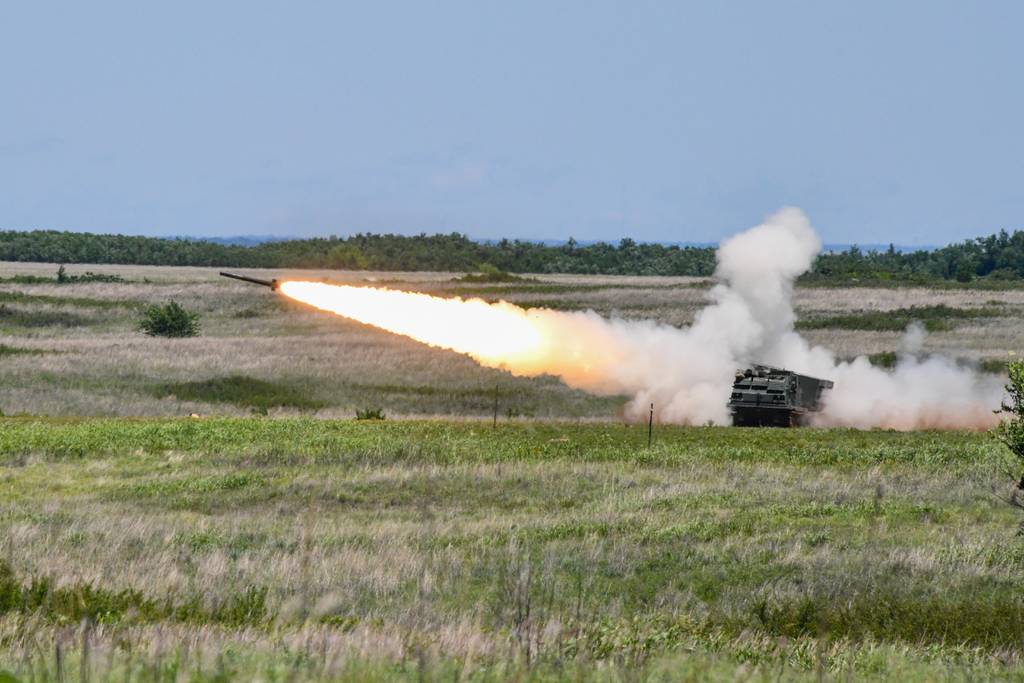Huhta
Greatest Leader
Siirsin tänne Ukrainan sota / konflikti ketjusta kysymyksen 105 mm L119 (britit) / M119 (USA) tykin tuliputken eliniästä.
Käyttö
Tuliputken elinikä laukauksina alkuperäisen valmistajan mukaan:
Aseen nykyisen valmistajan BAE:n esitteestä löytyy L119 tykin tuliputkelle ja lavetin (carriage?) laukausmäärät taulukkoriveillä:
"L119 Barrel life 7 500 EFC's, carriage life 20 000 average rounds"
Esitteen lopussa, taulukon alla mainitaan vielä erikseen: "Barrel life: L119 is good for 20,000 rounds or 7 500 EFC’s with conventional rounds. Dependent on ammunition type"
Esitelinkki: https://www.baesystems.com/en-media/uploadFile/20210404042852/1434610546921.pdf
Nyt USA:sta toimitettu erä sisälsi 36 000 ls / 16 kpl M119 tykkiä = 2 250 ls/ tykki, joka on aika vähän putken EFC-rajaan 7 500 ls nähden, mutta ehkä lähettävät myöhemmin lisää tai britit lisäävät ampumatarvikkeiden toimituksia. Yhteensopivuuden myötä muutkin 105 mm käyttäjämaat voinevat olla ls-toimittajina.
Edellä oleva vastaus sisältää oletuksen, että tuliputki on alkuperäisen valmistajan eli brittien L119 konstruktion mukainen myös USA:n valmistamissa M119 tykeissä elinikä-arvion suhteen.
Tekninen lisätieto:
Ohessa lisätietona linkki USA:n M119 tykin modifikaatio -uutiseen:
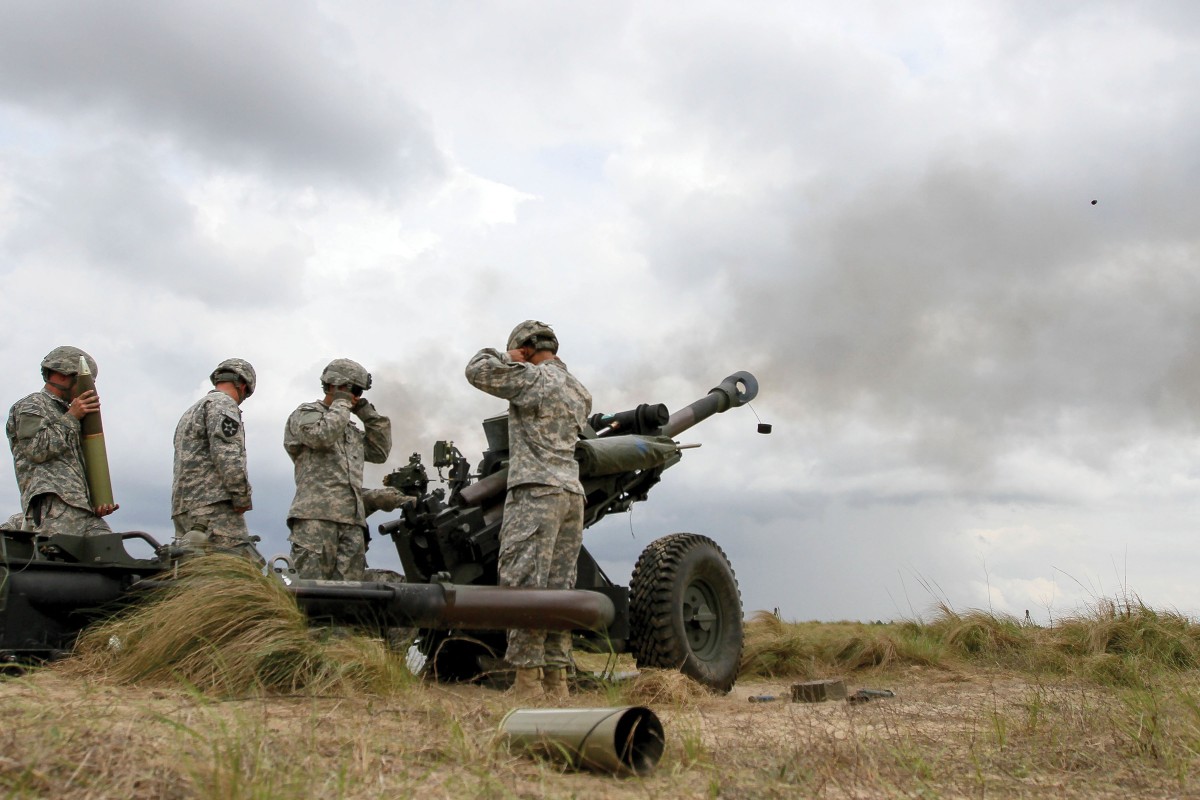
M119 howitzer still plays critical role for Army
More than two decades have passed since the first M119 howitzer rolled off the production line at Rock Island Arsenal - Joint Manufacturing and Technology Center, yet it remains one of the Army's primary direct and indirect fire support assets.www.army.mil
En usko, että UK toimittaisi ammuksia. Kuten jo aiemmin totesin Ukraina-threadissa:
Jenkit ovat vissiin myös hiljan toimittaneet noita brittien lisäksi, siis M119 105 mm haupitseja.
The second item in the -- what I would call the artillery bucket, is 16 howitzers. Now, these are the 105 mm howitzers, and then 36,000 105 mm artillery rounds to go with these howitzers. And this particular capability, it complements a capability that was previously provided by the United Kingdom. The U.K. provided 105 mm artillery systems, and we had previously provided accompanying artillery rounds.

Senior Defense Official Holds a Background Briefing
A senior defense official held a background briefing.www.defense.gov
Britit itsehän eivät ole käyttäneet tykkejä sitten vuoden 2005, koska varastot loppuivat, ja ukrainalaisten kouluttajatkin haalittiin Uudesta-Seelannista.
According to information published by the New Zealand Herald on 23 May, New Zealand Prime Minister Jacinda Ardern said the Defence Force personnel would send 30 troops to Britain to train Ukrainian forces on how to use the 105mm L119 light gun. They would stay in the UK until the end of July.
In British service, the L119 was used only for training at the Royal School of Artillery while stocks of 105 mm How lasted, and the last British L119s were retired in 2005.
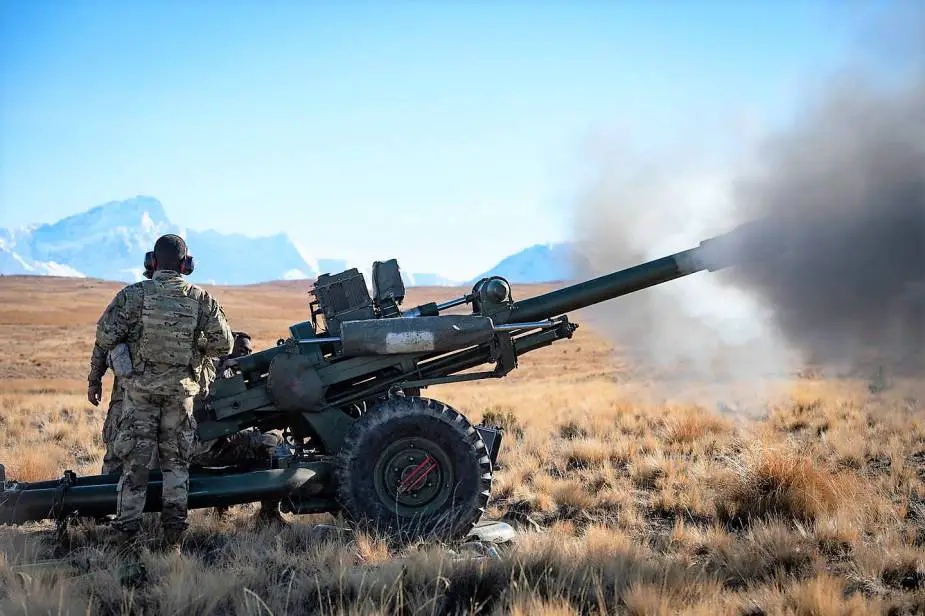
New Zealand to train Ukrainian army to use 105mm L119 howitzer
According to information published by the New Zealand Herald on 23 May, New Zealand Prime Minister Jacinda Ardern said the Defence Force personnel would se

 jne. vaikuttavat.
jne. vaikuttavat.